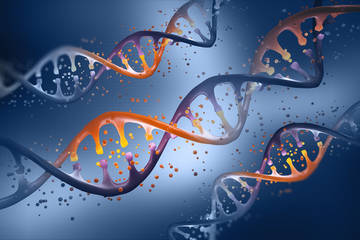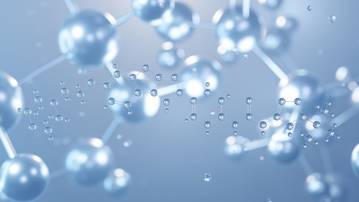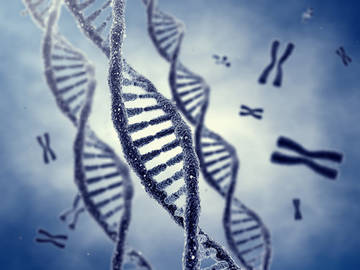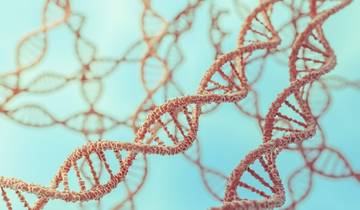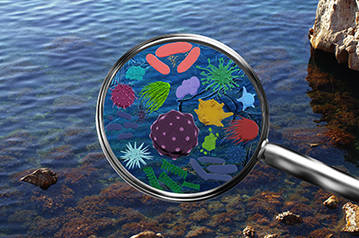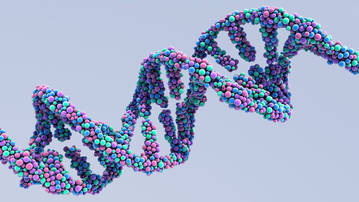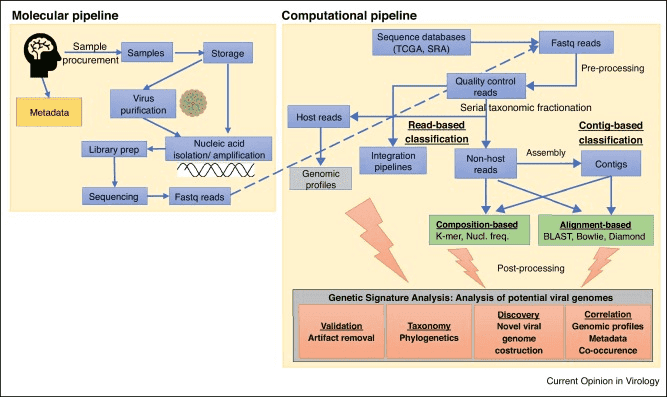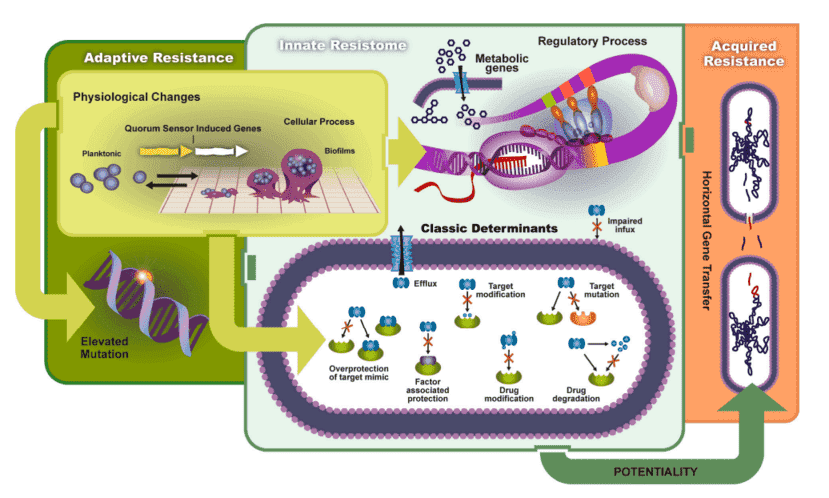SARS-CoV-2 is a newly discovered human coronavirus group (HCoV), which are single-stranded RNA viruses belonging to the family of Coronaviridae. A range of respiratory diseases have been induced by some of these pathogens in the past. SARS-CoV-1 infected more than 8,000 individuals around the world, for example. Human coronavirus linked to Middle East respiratory syndrome (MERS-CoV) also occurred in Saudi Arabia in 2012 and induced high mortality levels among infected individuals.
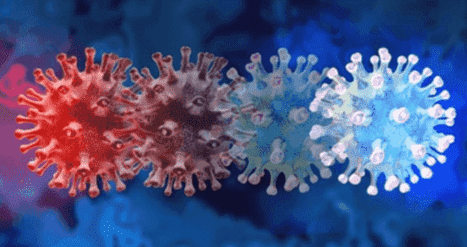
HCoVs are categorized into four genera depending on sequence comparisons of viral genomes: alpha, beta, gamma, and delta coronaviruses. SARS-CoV-2 is a genetically linked beta coronavirus of another bat coronavirus named BatCoV RaTG13 and SARS-CoV-1. In addition, SARS-CoV-2 also displays its genetic makeup with pangolins-isolated coronaviruses. Therefore, COVID-19 is assumed to be a zoonotic disease that emerged in bats or pangolins. The SARS-CoV-2 genome contains a single 29,903 bp RNA strand that codes for replicase-transcriptase, and spike, envelope, membrane, and nucleocapsid structural proteins.
Verified SARS-CoV-2 cases have been recognized as a beneficial result of a high-throughput sequencing or RT-PCR assay for respiratory specimens such as nasal/pharyngeal swab specimens, saliva specimens, bronchoalveolar lavage fluid, or as a positive outcome of IgM/IgG anti-SARS-CoV-2 or titer anti-SARS-CoV-2 IgG antibodies during recovery was four times or higher than in the acute period.
The mechanism of Infection
A major aspect of viral infectivity and pathogenesis is coronavirus entrance into host cells. It is also a primary target for host immune surveillance and tactics for human interference. Initially, coronaviruses connect to a cell surface receptor to enter host cells for viral binding, then enter endosomes, and eventually combine the viral and lysosomal membranes. Coronavirus entrance is mediated by a surface-anchored virus spike protein. The spike protein is present as a trimer in mature viruses, with three receptor binding S1 heads lying on top of the S2 stalk of a trimeric membrane fusion. There has been comprehensive research on the cell entry framework of SARS-CoV. There is a receptor-binding domain (RBD) in SARS-CoV S1, which particularly identifies angiotensin-converting enzyme 2 (ACE2) as its receptor. The RBD shifts continuously between a receptor binding standing-up position and an immune evasion lying-down position. In addition, the SARS-CoV spike at the S1/S2 boundary must be proteolytically accessed to fuse membranes, such that S1 dissociates and S2 undergoes significant systemic reform. These entry-activating SARS-CoV proteases include the TMPRSS2 cell surface protease and the cathepsin lysosomal proteases. These SARS-CoV intake characteristics play a part in its wide growth and serious conditions and high death rates in infected patients.
Factors affecting SARS-COV-2 infection
Phosphatidylinositol 3-phosphate 5- kinase is another element involved in the SARS-CoV-2 infection process (PIKfyve). This enzyme facilitates the manufacturing of [PI(3,5)P2] phosphatidylinositol-3,5-bisphosphate, a phosphoinositide that is involved in the endosome maturation phase. Applied treatment, a potent PIKfyve inhibitor, lowered SARS-CoV-2 infectivity and could be a novel contender for medical strategies. Viral replication starts with the translation of the replicase-polymerase gene and the assembly of the replication-transcription complex upon entering into the host cells. The genomic areas which code for structural proteins are subsequently transcribed by this complex. In the endoplasmic reticulum and Golgi apparatus, new virions are constructed to eventually emanate from the cell. A specific component of SARS-CoV-2 is that it has a polybasic sequence of furin cleavage (PRRA) at the site of S1/S2, which is unavailable from other closely related coronaviruses. During the biosynthesis of the S protein of novel virions within the host infected cells, this embedded furin cleavage sequence is analyzed in the Golgi apparatus. Accordingly, novel SARS-CoV-2 virions may involve S protein that is primed and ready to invade any other ACE2 receptor-expressing cells, without any further requirements for TMPRSS2 activity. The inserted furin cleavage sequence may broaden the transmissibility and tissue tropism of SARS-CoV-2 as virtually all cells express furin under normal circumstances.
References
- Guadarrama-Ortiz P, Choreño-Parra JA, Sánchez-Martínez CM, et al. Neurological aspects of SARS-CoV-2 infection: mechanisms and manifestations. Frontiers in Neurology. 2020, 11.
- Li S, Li S, Disoma C, et al. SARS‐CoV‐2: Mechanism of infection and emerging technologies for future prospects. Reviews in Medical Virology. 2020.
- Shang J, Wan Y, Luo C, et al. Cell entry mechanisms of SARS-CoV-2. Proceedings of the National Academy of Sciences. 2020 May 26;117(21):11727-34.



